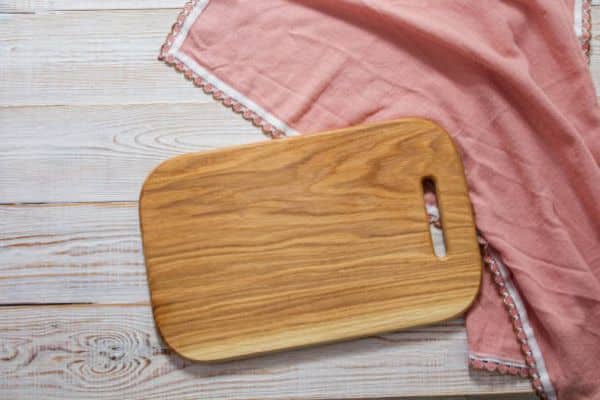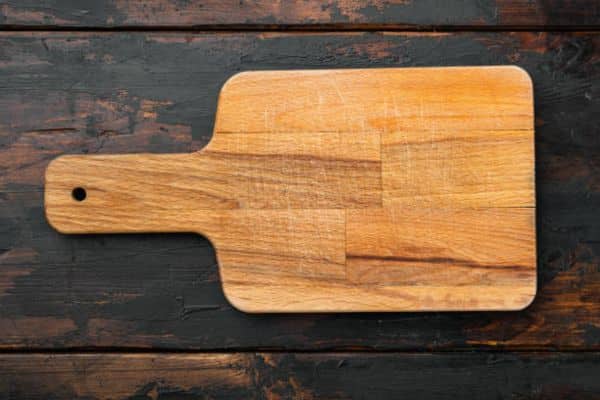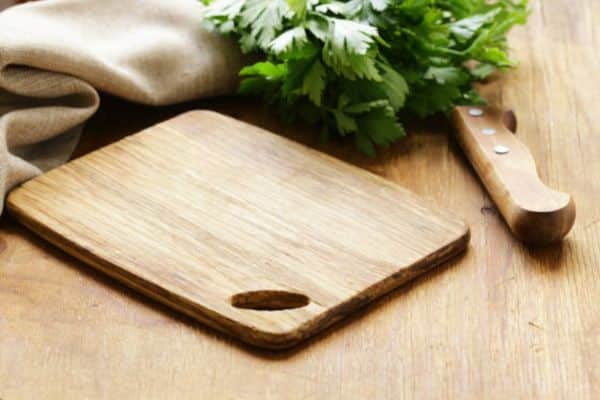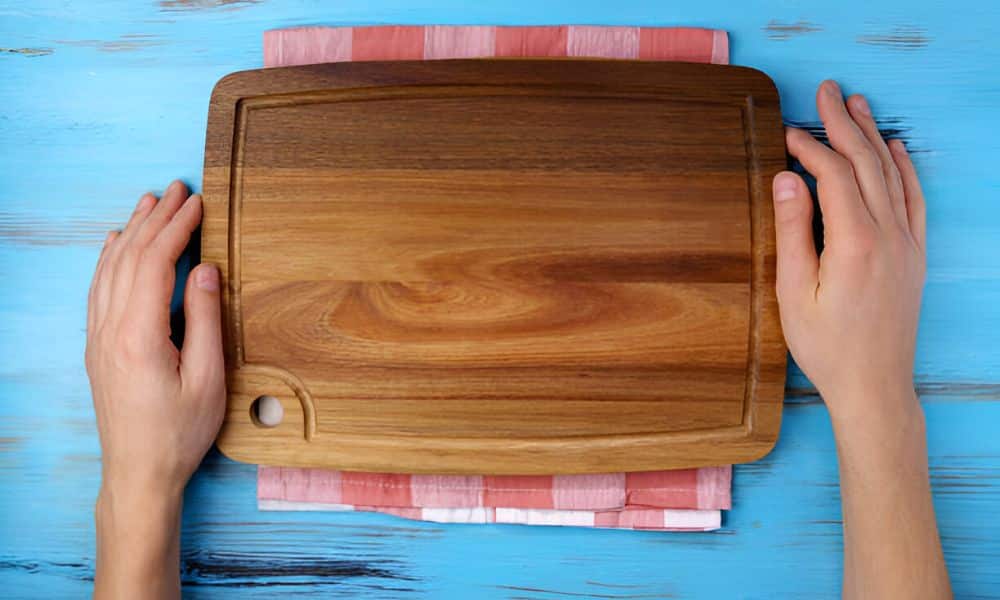I remember the first time my cutting board warped. It wobbled on the counter as I tried to chop vegetables. Every slice felt uneven. I couldn’t get anything done without the board rocking back and forth. A warped board can be really frustrating, especially for beginners. It makes simple tasks harder. But don’t worry—you can fix it! I’ll show you how to unwarp a cutting board with simple steps that anyone can follow. By the end of this guide, you’ll have your cutting board looking like new again. All it takes is a little patience and the right method. Let’s get started and bring that board back to life!
Understanding Why Cutting Boards Warp
Have you ever noticed your cutting board isn’t sitting flat on the counter? I remember the first time it happened to me. It was frustrating trying to chop with a board that kept wobbling. But after some research, I found that warping happens for a few common reasons.
Moisture imbalance is a big reason. When gets too wet or too dry, it can change shape. Heat can also cause problems. A board left in hot conditions can cause the material to shift. Lastly, improper care, like storing it in a damp place, can lead to warping over time.
Knowing why a cutting warps is key to keeping it in good shape. Once you understand the cause, you can take simple steps to avoid it. It’s all about keeping balanced and well cared for.
01. Assess the Damage

Before starting, check if your board is truly warped. Look at the edges. Does the board rock when you place it flat on the counter? You can also press gently on different areas and feel for unevenness. If it wobbles or feels off-balance, it’s time to fix it.
02. Prepare the Necessary Tools and Materials
Gather everything you’ll need. You’ll want a clean towel, some water (don’t soak it, just dampen it), and a heavy object, like a book or a pot. Having everything ready will make the process smoother.
03. Dampen the Board
Lightly dampen your cutting board with water. Use a towel to apply moisture evenly over the surface. Don’t soak it—just a little moisture is enough to help it reshape. For the best cutting board for brisket, make sure to choose one with enough space and durability for heavy slicing.
04. Apply Weight to Flatten It

Place a heavy object, such as a book or a pan, on top of the dampened. This weight will help press the board back into shape. Be sure the weight is evenly spread to avoid further warping.
05. Let It Sit for Several Hours
Now, patience is key. Leave the under pressure for several hours. You can let it sit overnight for best results. This will allow the board to absorb the moisture and gradually flatten.
06. Condition the Board After Unwarping
Once your board is back to normal, it’s time for some care. Rub a small amount of mineral oil or food-safe oil over the surface. This helps keep the from drying out and prevents future warping.
Tips for Preventing Your Cutting Board from Warping

Proper Cleaning
Cleaning the right way can make all the difference. Always wash it with mild soap and water, and avoid soaking it. A quick rinse and wipe is enough. Never place in the dishwasher—it can cause the material to warp from the heat and moisture.
Store the Board Correctly
How you store matters. Keep it in a dry area, away from direct heat or moisture. If possible, store it upright to allow air circulation. This will help prevent the board from absorbing excess moisture and help it stay in good shape.
Moisture Management
Moisture is the biggest enemy. After every use, wipe dry immediately. Don’t leave it sitting in a wet environment, as this can cause the to absorb moisture unevenly and lead to warping. Regular conditioning with oil also helps lock in moisture and prevent drying out.
Types of Cutting Boards and Which to Choose for Your Needs
Wooden Cutting Boards
They are a favourite for many chefs. They have a natural look and are gentle on your knives. However, wood boards are prone to warping, especially when exposed to moisture or heat. The good news is that they can be restored with the right care, like dampening, weighing, and oiling. If you’re looking for a board that combines beauty with functionality, wood is a great choice, but you’ll need to keep up with maintenance.
Plastic Cutting Boards
They are durable and affordable. They don’t warp as easily as wood, which makes them a good option for busy kitchens. However, they can still develop grooves or scratches over time, which can lead to bacterial buildup. While they don’t need the same level of care as wood, you should still make sure to clean and dry them thoroughly after each use. A plastic is a solid choice for everyday use and for those who prefer easy cleanup.
Bamboo Cutting Boards
They are eco-friendly and strong, offering a balance between wood and plastic. They are less likely to absorb moisture compared to wood, but can still warp if not treated properly. Bamboo is a great option for those who want an environmentally conscious choice. However, like wood, bamboo boards need occasional conditioning with oil to keep them in top shape and prevent warping. They are sturdy, easy to maintain, and a great green choice for any kitchen.
When to Replace a Warped Cutting Board

Signs It’s Time to Replace
Sometimes, despite all your efforts to restore it, it just can’t be fixed. If your board has deep cracks, large grooves, or significant warping that doesn’t improve with the usual methods, it might be time to replace it. These issues can affect the functionality and even compromise food safety. When the damage is beyond repair, don’t hesitate to invest in a new one.
Encourage Sustainability
Before tossing your old ones, consider eco-friendly options. Many materials, like wood and bamboo, can be repurposed into garden planters, shelf dividers, or even craft projects. If your board is beyond reuse, look for recycling programs that accept wooden or plastic kitchen items. This way, you can dispose of it responsibly while reducing waste.
Conclusion
Start by checking for damage. Look for any wobbling or uneven spots. Then, dampen the board and place a heavy object on top. Let it sit for a few hours, and finish by conditioning the board with oil. This will help restore its shape.
Proper care is essential to keep in good condition. Clean it gently, store it dry, and manage moisture to avoid warping in the future.


